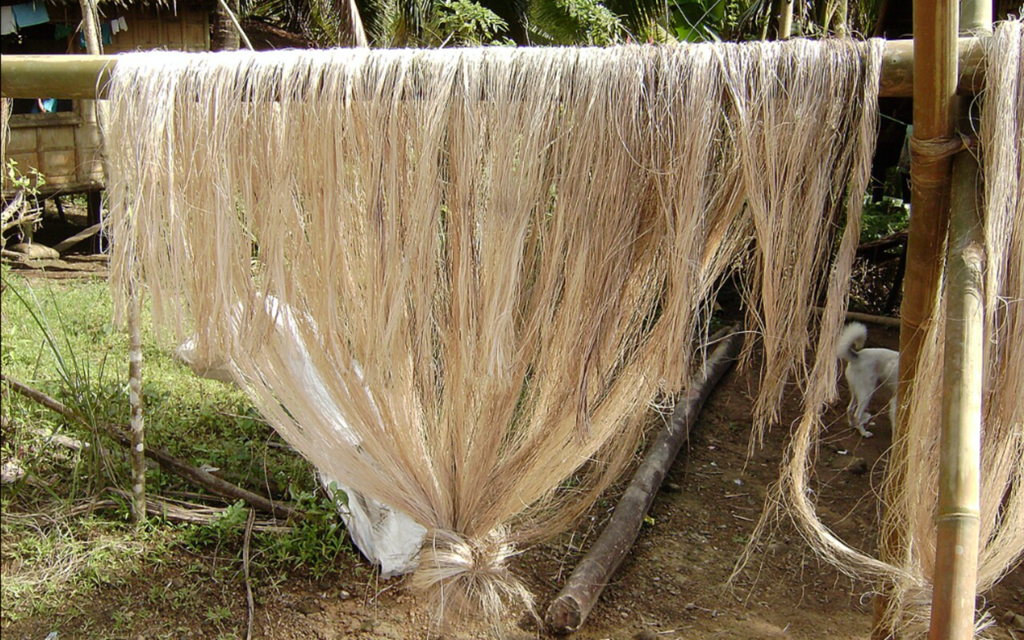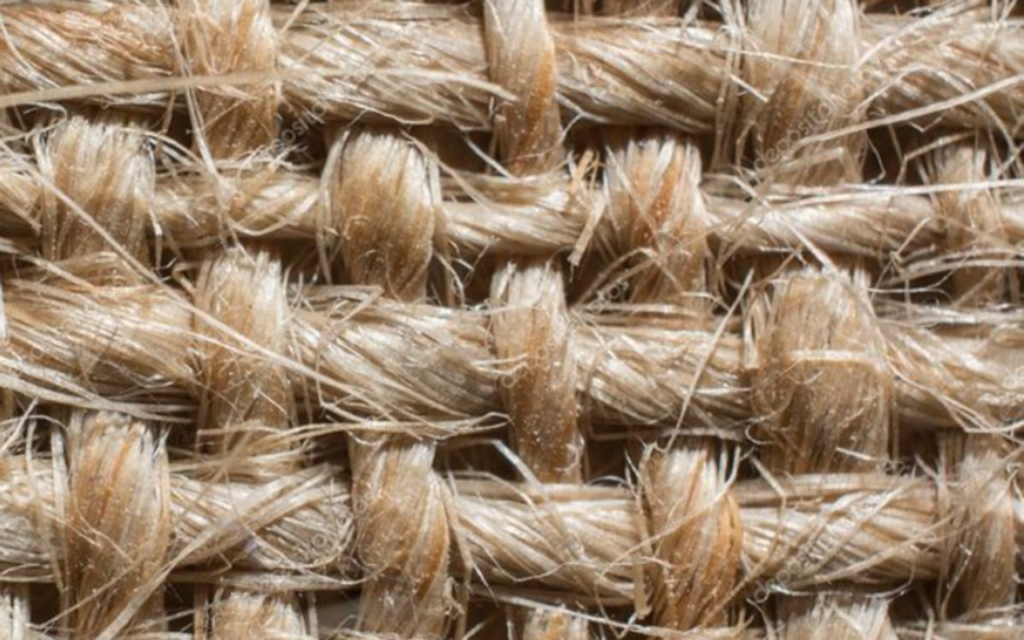Methyl cellulose ether is one of the essential additives in dry-mixed mortar products. It is used with Redispersible Polymer powder to modify ordinary cement mortar and gypsum-based products synergistically. The enormous contribution of methyl cellulose ether is its water retention and thickening effect. For example, an aerated concrete block is a lightweight new wall material product with good physical quality and mechanical properties, thermal properties, heat preservation, and energy saving. However, the plaster on the aerated concrete wall very quickly falls off, and cracks, and the impermeability is poor that significantly affecting the further development of aerated concrete products. Because of its high water absorption rate, the plastering mortar of aerated concrete blocks is easy to break and fall off. The blocks easily absorb the water in ordinary mortar, and the cement hydration needs to be completed, resulting in low strength. The surface is powdered, the strength is low, and it is difficult to bond with the mortar. Using ordinary mortar without adding methyl cellulose ether needs to be bonded with thicker mortar since there is no water retention and thickening effect. Due to the high water absorption rate of the base layer, it is easy to cause water loss, and the hydration reaction is not complete, causing the mortar to crack and fall off. After adding methyl cellulose ether, it has an excellent water retention function. The water in the mortar is not easily absorbed, and the hydration is relatively complete. It cooperates with the Redispersible Polymer powder to penetrate the block’s surface to form a new bonding surface. The surface has good strength, flexibility, and high bonding strength with aerated concrete blocks, which will have a particular inhibitory effect on shrinkage and cracking and is essential in preventing cracking. Water retention is significant for constructing mortar and bottom plastering and bonding construction on high water absorption substrates. Methyl cellulose ether can also improve the plasticity of cement mortar, improve rheological properties, and prolong the adjustment time of tile adhesives and available time.
Using methyl cellulose ether in high-flow pumpable mortar can increase the viscosity of the water phase; reduce and prevent segregation and bleeding.
In the plastering putty, methyl cellulose ether can increase the viscosity and good water retention, ensure that it does not peel or curl during scraping, and has the characteristics of good operability.
In all dry-mixed mortar products, methyl cellulose ether needs to be added without exception. Its most significant contribution is to increase the mortar’s water retention capacity, improve the cement mortar’s fluidity, workability, and initial strength, and avoid cracking, especially in excellent high water absorption base and high-temperature construction.
1.Anti-cracking fiber

Anti-crack fiber is a new concrete and mortar type compounded with polypropylene and polyester as the primary raw materials. It is called the “secondary reinforcement” of concrete. With the development of composite materials, anti-crack fibers have been widely used in civil engineering.
Studies have shown that adding crack-resistant fibers with a volume ratio of 0.05% to 0.2% to cement mortar and concrete can produce noticeable effects of crack resistance, toughening, shock resistance, impermeability, freeze-thaw resistance, and fatigue resistance. These excellent properties are essential in the crack resistance, toughening, and impermeability of dry-mixed plastering mortar, interior and exterior wall putty, and caulking agent. Crack-resistant fibers are widely used in road and bridge engineering, concrete expressway, and tunnel engineering.
Properties of crack-resistant fibers
(1) High tensile strength;
(2) Good aging resistance;
(3) Strong acid and alkali resistance;
(4) Crack resistance, toughening, shock resistance, impermeability, freeze-thaw resistance;
(5) Light specific gravity, less dosage, good dispersion;
(6) Low cost.
2.Range of application
There are many types of anti-crack fiber suitable for dry-mixed mortar, mainly including thermal insulation mortar, anti-crack plaster mortar, interior and exterior wall putty, waterproof mortar, caulking putty for gypsum board and lightweight concrete board, and cement-gypsum-based plaster mortar, suitable for the application of cement mortar or concrete, and the application fields include road bridges, dams, expressways, culverts, and subway projects.
3. Technical description
(1) Reduce and eliminate cracks
(2) Improve the impermeability of cement mortar and concrete
(3) Improve the shock resistance of cement mortar and concrete
(4) Improve the freeze-thaw resistance of cement mortar and concrete
1.Natural lignin fiber
Natural lignin fiber is one of the essential additives in dry-mixed mortar products. Natural lignin fiber and methyl cellulose ether are two completely different products in practical application. Lignin fiber is a natural fiber that is insoluble in water and obtained from beech and fir wood through pickling and neutralization, and then crushed, bleached, rolled, and sieved to get products of different lengths and finenesses. It is fundamentally different from dissolved methyl cellulose ether. Although some functions of lignin fiber, such as thickening and water retention, are similar to methyl cellulose ether, its thickening and water retention effects are far lower, and it cannot be used alone as a thickener and water retaining agent. The most prominent feature of lignin fiber is its flexibility and unique three-dimensional network structure. These characteristics determine that lignin fiber plays a role in reinforcement, crack resistance, and sag resistance in the dry-mixed mortar system rather than increasing thickening and water retention. The raw material for producing methyl cellulose ether is also wood fiber or short cotton fiber, but its production process differs significantly from lignin fiber. Therefore, the prices are also different. In practical applications, the main functions of methyl cellulose ether are water retention and thickening, so users should pay attention to distinguish the purposes of the two when using them.
2. Basic properties of lignin fiber
Lignin fiber is widely used in dry-mixed mortar, such as the production of tile adhesives, pointing agents, dry powder coatings, interior and exterior wall putty, interface agents, thermal insulation mortars, anti-crack plastering mortars, waterproof mortars, and plastering gypsum. Since lignin fiber is naturally insoluble in water and organic solvents, it has excellent flexibility and dispersibility. Adding an appropriate amount of lignin fibers of different lengths to the dry-mixed mortar product can enhance the shrinkage and crack resistance, improve the thixotropy and sag resistance of the product, prolong the available time, and play a specific thickening effect.

Lignin fibers with different lengths ranging from 10 to 2 000 μm tend to have a “carpet-like” effect after curing. With various lengths, they are used in other dry-mixed mortar products. Since the lignin fiber product is nontoxic and harmless, it is also used as a substitute for asbestos products, and the addition is only 30% to 50% of the standard complement of asbestos. In addition, lignin fiber also has specific high-temperature resistance, acid and alkali resistance, and frost resistance, so it is widely used.
3.Properties of Lignin Fibers
(1) Fiber reinforcement and thickening effect
The lignin fiber has a three-dimensional network structure with an apparent cross-linking effect. This structure can effectively adhere to liquid structures, such as water, latex, asphalt, and other liquids of different consistency. The thickening depends on the length of the fiber. The longer the fiber, the thicker it is. The thicker the effect is. It can completely replace asbestos products due to its unique structure.
(2)Improve constructability
When the shear force acts on the three-dimensional network structure of lignin fibers, such as scraping, stirring, and pumping, the liquid absorbed in the structure will be released into the system, and the fiber structure will change and arrange along the direction of movement, resulting in viscosity decreased and workability improved. When the shear force stops, the fiber structure returns to its original form, absorbs liquid, and returns to its original viscosity state.
(3) Good liquid absorption function
Lignin fibers can absorb and transport liquids through their capillary action. Once the three-dimensional network structure is in a static state, such as after the cement mortar is cured, the lignin fibers can tightly adhere to the cement mortar as a secure layer to prevent the penetration of moisture and rainwater.
(4) Excellent sag resistance
Due to lignin fibers’ strengthening and thickening properties, when an appropriate amount of lignin fibers is added, thicker plastering can be completed simultaneously without falling, which is very important in construction. There will be no sag phenomenon for dry powder coatings and latex paints that are sprayed and brushed.
(5) Crack resistance
The three-dimensional network structure of lignin fibers can effectively absorb and weaken the mechanical energy generated during curing and drying.
(6) Reduce shrinkage
Due to the good dimensional stability of lignin fibers, it can significantly reduce shrinkage after drying and improve crack resistance.

(7) Extended available time
During the construction process, the hydration reaction of cement mortar will release much heat and absorb water. It will cause rapid volume shrinkage and cracking of the cement mortar if the available time is short and the drying time is fast.
Therefore, the unique three-dimensional network structure and specific water retention of lignin fibers are essential, and the fibers can absorb liquid through their capillary action. When solidified, the internal moisture is transported to the surface of the medium through the capillary to reduce the occurrence of skinning. Under the double act of lignin fibers and water-retaining agent (such as methyl cellulose ether), the moisture is evenly distributed in the cement mortar. It can greatly slow down the rapid consumption of water in the process of hydration reaction, avoiding the strength drop and cracking caused by excessive water loss so that the material’s bond strength and surface strength can be significantly improved.
Lignin fiber cannot be used alone as a water-retaining agent or thickener. It must be used with methylcellulose ether to achieve the best effects of water retention, thickening, strengthening, and crack resistance.




